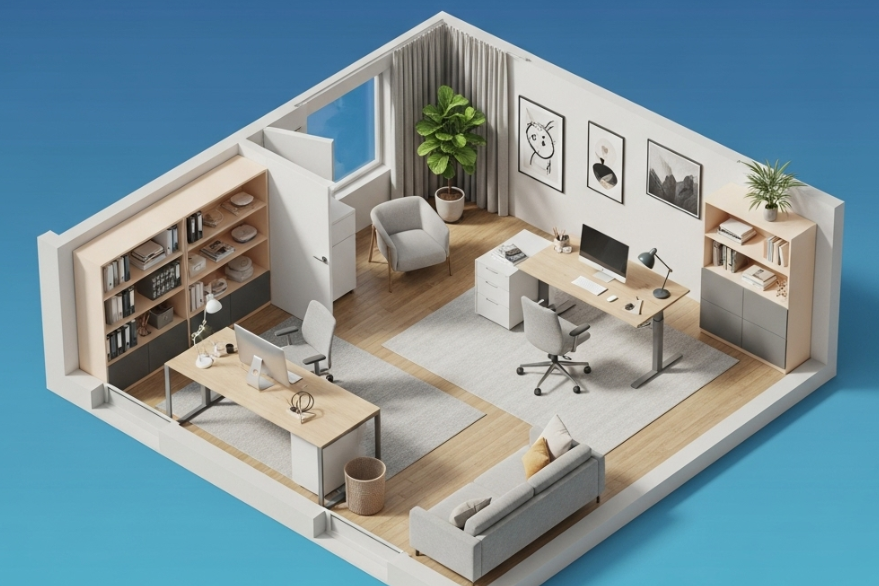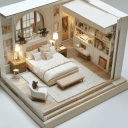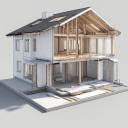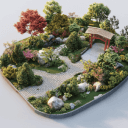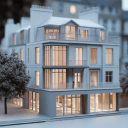As a 3D interior designer, I know first-hand how crucial it is for clients to see a design before committing to it. Many clients struggle to imagine a space just from floor plans or mood boards. They want to feel confident that your vision matches theirs – and nothing builds confidence better than a realistic preview of their future room. That’s where Arcadium 3D comes in.
Arcadium 3D
is an innovative online design platform that leverages AI to turn simple room layouts into stunning, lifelike visualizations. By using Arcadium’s AI visualization feature strategically, interior designers can impress clients, communicate ideas clearly, and ultimately win more design contracts.
Explore Our Tool
Why Visualizations Help You Win Clients
Visual presentations have always been a powerful tool in interior design, but traditionally they required significant time and skill to produce. Now, AI-powered visualization tools are changing the game. Studies show that high-quality 3D visuals dramatically increase client confidence and satisfaction.
In fact, one survey revealed that 78% of clients feel more confident in project outcomes after seeing a 3D model. When clients can virtually “walk through” their new living room or see a photorealistic image of the proposed design, they are far more likely to trust your vision. This confidence can be the deciding factor that convinces a client to choose you over competitors.
Speed is another factor. 3D modeling and rendering tools streamline the design process, cutting project turnaround times by up to 30% according to user reports. Faster iterations mean you can respond to client feedback quickly and keep them engaged.
Instead of waiting weeks for updated renderings, clients can see changes almost in real-time. This agility not only impresses clients but also demonstrates professionalism and efficiency – qualities that help you close deals sooner.
Finally, visuals help set clear expectations. Miscommunication is a common hiccup in interior projects – clients might not understand architectural jargon or 2D drawings perfectly. By showing them an accurate 3D visualization, you ensure everyone is on the same page. This reduces the risk of disagreements later and builds trust early in the relationship.
Meet Arcadium 3D’s AI Visualization Tool
Arcadium 3D is a modern, user-friendly platform that combines a full-featured room planner with powerful AI imaging. Unlike complicated CAD software that has a steep learning curve, Arcadium is 100% browser-based and incredibly intuitive.
There’s no software to install and it’s completely free to start designing – an accessible,
3d room design free
solution that anyone can try immediately. Yet despite its approachability, Arcadium offers professional-grade capabilities that appeal to both novice decorators and seasoned interior designers.
What really sets Arcadium apart is its AI interior design feature. Essentially, after you create a basic 3D model or room layout, Arcadium’s AI can transform any view of your model into a high-fidelity image in minutes. It’s like magic: you go from a simplistic digital mock-up to a polished, lifelike visualization at the click of a button. The AI can generate photorealistic rooms or apply various design styles to your scene.
For instance, you can instantly see your model rendered as a cozy rustic living room, a sleek modern office, or even in artistic styles like a hand-drawn sketch or watercolor. This flexibility allows you to tailor the output to your client’s taste. If you’re preparing a formal client presentation, you might opt for a photoreal render to wow them with realism; or if you want to present a concept in a more conceptual, artistic way, you could use a watercolor or sketch style image to evoke mood.
Behind the scenes, Arcadium’s AI uses your 3D model as a canvas. It understands the geometry of your space – walls, furniture placement, lighting – and then imagines the finished decor and details according to the style you select. The result is an image that looks like a photograph of a finished, decorated room, even if you only modeled the basic layout.
This is a transformative leap in design technology: anyone can create persuasive, beautiful interior visuals without specialized 3D rendering skills. Arcadium 3D is unique in this regard, democratizing the design process so that even homeowners with no prior modeling experience can use it to visualize designs.
For interior designers, that means you don’t have to be a software expert or hire a renderer – Arcadium’s AI handles the heavy lifting, letting you focus on creativity and client needs.
Importantly, Arcadium also provides tools to refine the AI outputs. You’re not stuck with a one-click result. You can add specific furniture or decor items (say, your client’s actual sofa or a particular artwork) by inputting reference images, and the AI will incorporate them. Y
ou can highlight a portion of the image and “redo” that section if something looks off, guiding the AI to try again with adjustments. This iterative refinement is invaluable for aligning the visualization with your client’s expectations.
For example, if the AI’s first pass of a bedroom design added a generic bed but your client already owns a distinct vintage bed frame, you could upload a photo of that bed and have the AI regenerate the scene including that exact piece. Now the visualization is personalized to the client – a fantastic way to show you pay attention to what they love.
Step-by-Step: From Layout to Stunning AI Visualization
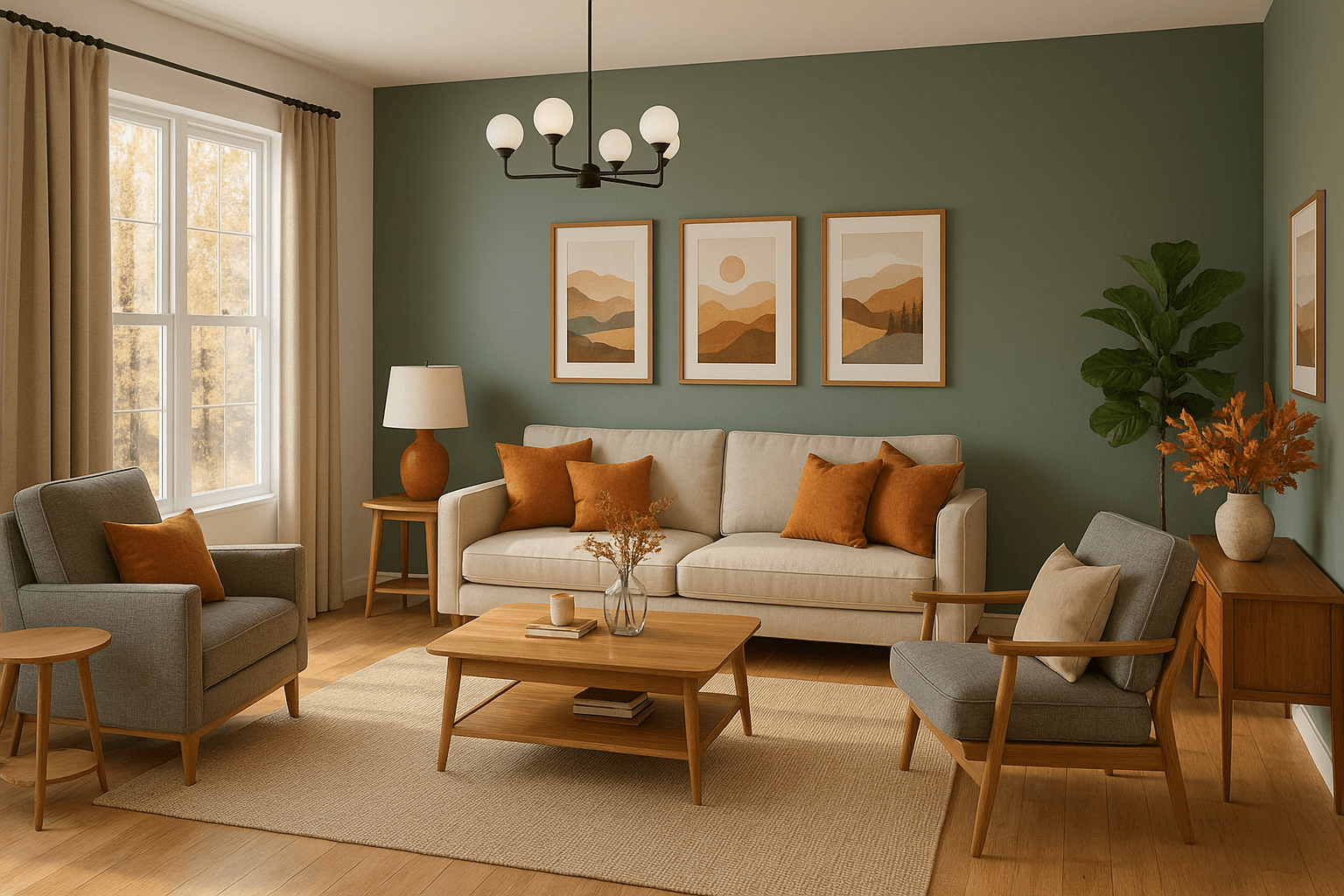
You might be wondering how to actually use Arcadium 3D’s AI feature in practice. Here’s a quick step-by-step guide to go from an empty room model to a client-ready image:
Draft the Room Layout in 3D:
Start by creating the basic room model in Arcadium’s 3D designer. This step is akin to making a digital floor plan. With Arcadium’s easy drag-and-drop interface, sketching out walls and adding windows or doors is straightforward – no CAD expertise required.
Set the room’s dimensions, then drop in some foundational furniture from Arcadium’s built-in library (for example, place a sofa and coffee table in a living room, or a bed in a bedroom). The goal is to block out the space and major elements. Don’t worry about perfect detailing; even a rough layout is enough for the AI to work with.
Open the AI Generation Tool:
Once your layout is in place, switch to the AI visualization mode. Arcadium’s interface has a button in the top menu (look for something like “AI Image Gen”) to launch this feature. When you click it, the tool will take the current view of your 3D model as the “input” for image generation.
Tip: Before generating, set your camera to a natural eye-level perspective (as if you’re an adult standing in the room). Arcadium’s AI understands the scene best from a human viewpoint, which will yield a more realistic image.
Choose a Room Type & Style:
Next, tell the AI what kind of space this is and what style or mood you want. Arcadium provides a variety of preset styles to choose from – modern, traditional, Scandinavian, industrial, minimalist, coastal, you name it. Select the style that matches your design vision or your client’s preference.
If none of the presets are just right, you can even upload your own reference image (perhaps a photo from a magazine or Pinterest that the client loved) to guide the AI’s style. The AI will try to make the output image reflect that vibe.
Also specify the room type (e.g. “kitchen”, “bedroom”, “office”) so the AI knows what context to apply – this helps it choose appropriate decor elements for that kind of space.
Add Custom Prompts or Requirements:
Arcadium’s AI tool includes a text prompt box where you can type in any specific instructions or wishes for the scene. This is optional, but very powerful for customization. For example, you might enter “include a navy blue sectional sofa and abstract art on the wall” or “use a light color scheme with lots of natural wood.”
These prompts guide the AI to pay attention to particular details or themes important to your client. Essentially, it’s like giving the AI a mini design brief. If your client has emphasized they want a calm, airy feel with plants in the room, you can mention that here to steer the AI.
Generate the Visualization:
Now comes the fun part – hit the generate button and let the AI do its magic. In usually under a minute, you’ll get a high-resolution image of the room. The first result is often impressive, but it’s not the end of the process.
Take a moment to evaluate it critically: Does it match the intended style? Are the key pieces in the right places? Is there anything odd or off-brand for your design? Arcadium’s AI is advanced, but as a designer you’ll want to ensure the output aligns with your vision.
Refine and Iterate:
f the image isn’t perfect yet, Arcadium lets you refine it further. You can drag and drop specific furniture images into the scene if you want the AI to use an exact item (great for incorporating a client’s existing pieces). You can also highlight any area of the image and tell the AI to regenerate just that part.
For instance, if everything looks great except the rug pattern, you could redraw a box over the rug area and prompt the AI with “try a solid jute rug here” and regenerate. This targeted redo feature is gold for fine-tuning details.
Don’t hesitate to run a few iterations – unlike manual rendering where each change could cost hours, here it’s just a matter of a few clicks. Within a short time, you’ll have a polished visualization that you’re proud to show off.
Save and Share:
Once you’re satisfied, save that image! Arcadium lets you download the AI-generated visuals. Now you can incorporate this image into your client pitch. You might insert it into a slide deck, a PDF proposal, or even print it out in a presentation board.
Additionally, remember that the 3D model itself can be shared via Arcadium’s cloud platform. You can generate a shareable URL to the interactive 3D model and send it to your client for them to explore on their own computer or tablet.
This means beyond the static image, the client could take a virtual walkthrough of the space in their web browser – a truly immersive experience that not many other designers will be offering.
By following these steps, you’ve harnessed Arcadium 3D’s AI to produce a compelling visual in a fraction of the time it would take with traditional methods. The process is straightforward, and as you get familiar with it, you’ll find you can go from scratch to a client-ready scene very quickly.
In fact, many new users master Arcadium’s basics within an hour, thanks to its lightning-fast learning curve. This means even if you’re new to 3D design, you can start creating impressive visuals almost immediately, giving you a competitive edge in winning clients.
Explore Our Tool
Real-World Examples of Success
Designers across different fields have started to adopt Arcadium 3D, and their feedback shows how effective it can be in real client scenarios. For example, one architect noted that Arcadium is “fantastic for getting three-dimensional ideas across to clients quickly,” especially compared to more fiddly traditional 3D software.
The ability to translate ideas into visuals on the fly means you can have more productive conversations with clients. They can react to a visual rather than trying to decipher technical drawings – making meetings more engaging and efficient.
Another user, an interior designer who switched from SketchUp to Arcadium, praised how much faster it is to ideate and communicate with clients: “I’ve now switched to Arcadium from SketchUp. It’s far faster and easier to ideate and communicate with clients.”. This highlights a key point: Arcadium isn’t just a novelty; it’s a practical professional tool that can replace or supplement your existing workflow.
By speeding up the concept development phase, it frees you to present more options to the client in the same amount of time. More options and clearer communication = a happier client who feels involved and heard.
Even non-design professionals have found success with Arcadium for interior projects. A real estate professional shared that they “immediately adopted Arcadium into a massive floor plan project” because it was intuitive and efficient.
Similarly, a software engineer used Arcadium to design an entire new office space and highly recommended it for any kind of interior design work. These anecdotes show that Arcadium’s learning curve is so gentle that virtually anyone can produce useful designs.
If a software engineer with no formal interior design background can create a full office layout that impresses people, imagine what a trained interior designer like you can do with the same tool!
Let’s consider a typical client pitch scenario to see Arcadium’s impact: Suppose you’re meeting with a new client who wants their dated living room remodeled into a modern, open-concept space. In the past, you might have sketched some ideas on paper or presented a mood board with inspirational images. The client might nod along, still unsure how it all comes together.
Now, with Arcadium, you can show them. You could whip out your laptop or tablet, pull up a quick 3D model of their living room (perhaps you prepared it beforehand based on their floor plan), and then generate a photorealistic after-image right in front of them. In seconds, they see their very own living room transformed with new floors, furniture, and decor matching the modern style they asked for.
This kind of instant visualization is often met with jaw-dropping excitement. It’s not uncommon to hear things like, “Wow, I can’t believe that’s my house!” Suddenly, the client isn’t just trusting your ideas – they’re enthusiastic about them.
Moreover, Arcadium allows you to present multiple concepts with minimal extra effort. You can prepare a few different style options for the same space to see what resonates most with the client. Maybe one version shows a minimalist, monochrome modern look, while another introduces warm wood tones for a Scandinavian-cozy vibe.
Flipping between these AI-generated images, you can ask your client, “Which of these feels more like you?” This is a powerful way to engage them in the design process. Clients appreciate being given a choice, and they’ll remember that you took the time to visualize their ideas in different ways. It sets you apart as a designer who is flexible, tech-savvy, and client-centric.
Tips for Pitching to Clients Using Arcadium 3D
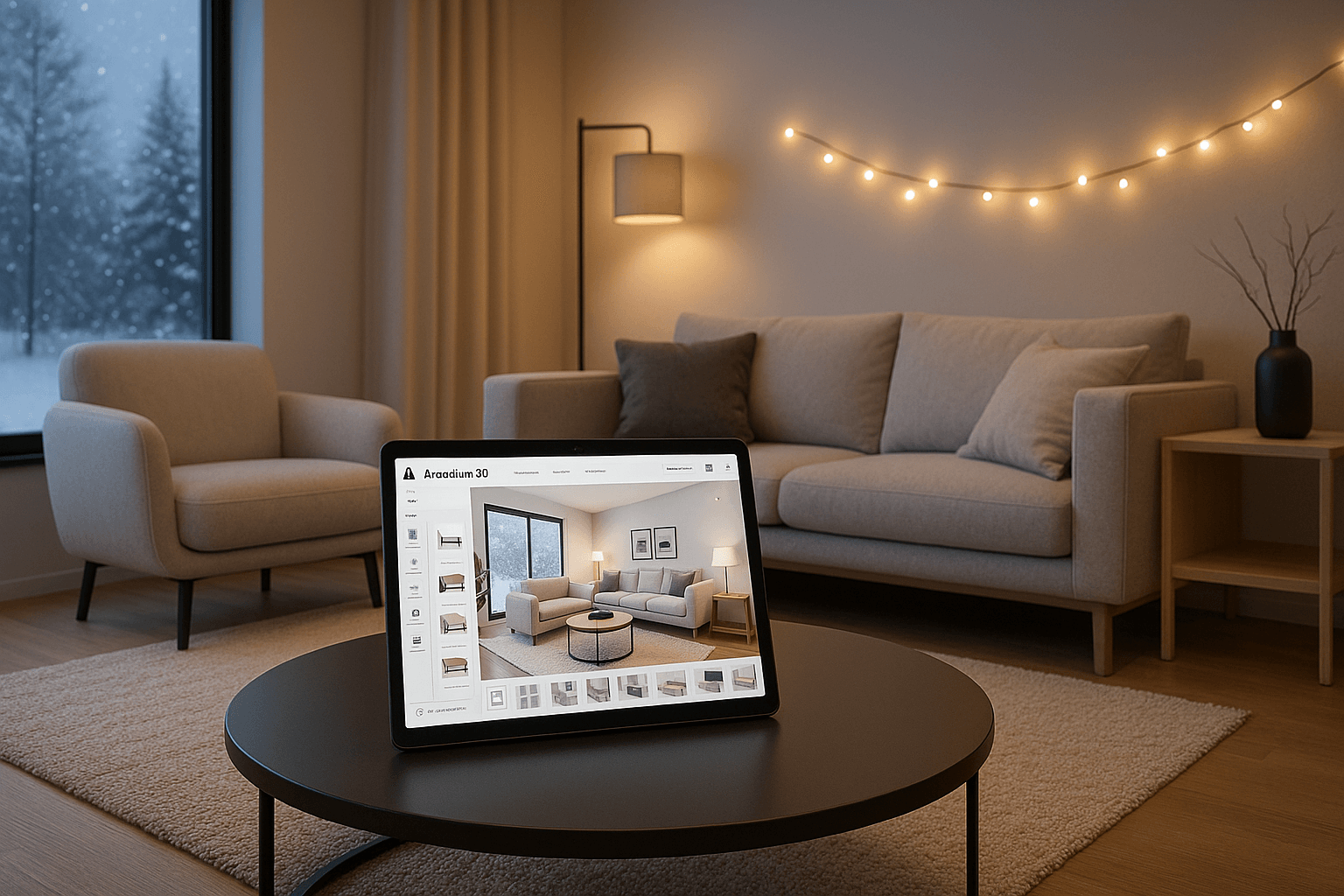
Integrating Arcadium’s AI visualizations into your client pitch strategy can dramatically increase your success rate. Here are some expert tips to make the most of this tool when presenting to clients:
Tailor the Style to the Client:
Use Arcadium’s style presets (or a custom image prompt) to match the client’s taste as closely as possible. If your client loves a farmhouse style, for example, generate the visualization in that vein – rustic wood textures, cozy fabrics, etc. Matching the look to something the client already finds appealing will create an instant positive response.
Provide Before-and-After Visuals:
A great way to sell a transformation is to show a side-by-side comparison. Take a screenshot of the current room (or use a photo of their existing space) next to the Arcadium AI-generated redesign. The dramatic “before vs after” contrast helps clients clearly see the value you’re bringing. It emphasizes how drab or inefficient the old space is versus the beautiful vision you’re proposing.
Offer Multiple Options Quickly:
Don’t just show one design – prepare a couple of variations. With Arcadium, you can tweak the model or style and produce an alternative concept in minutes. For instance, change the color scheme or swap to a different furniture style and re-generate the image. Presenting two or three distinct options demonstrates your creativity and adaptability. It also invites the client to discuss what they like or dislike in each, which gives you valuable feedback and makes them feel heard.
Use Interactive 3D for Deeper Engagement:
After showing the static images, consider giving your client a short virtual tour. Arcadium’s first-person walkthrough mode lets you move through the modeled space like a video game, which you can do live in the meeting. Even better, send the client the Arcadium project link afterward, so they can explore the 3D model at home. Let them “wander” through their future space – this often gets clients even more excited, as it feels nearly real. It’s an experience they likely haven’t gotten with other designers.
Emphasize Speed and Flexibility:
Make it clear to your client that this technology allows you to refine the design quickly. For example, if during the meeting they say, “Hmm, what if the kitchen island was navy blue instead of white?”, you can actually make that change on the 3D model and run a new AI render to show them – on the spot or by the next day. When clients realize you can accommodate their ideas or changes without weeks of delay, it builds their confidence in the process and in you as a designer. They’ll feel more comfortable signing a contract knowing that the design can evolve with their input.
Integrate Visuals into Your Proposal:
Treat the AI-generated images as a key part of your deliverables. Include them in your proposal documents alongside your budget and scope. A client reviewing two competing proposals will inevitably be more impressed by the one that has a glossy, full-color preview of their future room. It makes your proposal not just a promise but a tangible vision. This can justify your fees as well – they see they’re paying for someone who goes the extra mile to communicate clearly.
Practice and Prepare:
Before a big client presentation, practice with Arcadium so you’re comfortable with the workflow. You don’t want technical hiccups in front of the client. Pre-generate the main visuals you plan to show, and have Arcadium open with the project loaded in case you need to demonstrate any adjustments live. This way, you appear smooth and proficient with the tool, further impressing the client with both your design and your savvy use of technology.
By following these tips, you’ll leverage Arcadium 3D not just as a design tool, but as a sales tool for your services. You’re essentially letting the quality of your ideas shine through high-impact visuals. When clients can see the dream you’re selling, they are much more likely to trust you with their project.
Frequently Asked Questions
Is Arcadium 3D really free to use?
Yes – Arcadium 3D offers a robust free version. You can start designing rooms with full functionality without paying anything. The free plan allows you to create at least one project (which is often enough to try it out on a client concept). There are also paid plans if you need to manage multiple projects or unlock advanced export options, but many interior designers find the free version sufficient to get started.
Do I need prior design software experience to use Arcadium 3D?
Not at all. Arcadium is designed to be beginner-friendly and has an intuitive interface. It’s been compared to playing a simple video game (in fact, one user said it’s “closer to Minecraft than a traditional 3D tool” in terms of ease. Whether you’re a seasoned designer used to CAD or someone with no 3D experience, you can learn the basics quickly – most users grasp it within an hour or so of experimentation.
How does Arcadium’s AI visualization differ from traditional rendering?
Traditional 3D renderings typically require painstaking detail work: you or a 3D artist must model every piece of furniture, apply textures, set up lighting, and wait for the computer to render the image (which can take hours). Arcadium’s AI skips a lot of that. You only need to create a simple 3D sketch of the space, and the AI handles the fine details and lighting in seconds. The trade-off is that AI generation is primarily for conceptual visuals – it may not capture every detail exactly as the final build will be. However, it’s remarkably close and absolutely photorealistic in quality. For client presentation purposes, the AI images are usually more than good enough to convey the design intent, at a fraction of the time and cost of a traditional render.
Can I trust the AI-generated images to be accurate representations of the design?
The AI visualization provides a very realistic impression of the design, especially in terms of style, mood, and general layout. Clients often can’t tell it’s an AI-generated image – it looks like a real photo. That said, you should clarify to clients that these images are artistic representations. Small details (like exact fabric textures or minor spatial adjustments) might differ in reality. The goal is to give a convincing preview, not a 100% precise blueprint. As long as you manage expectations that the final outcome may vary slightly (as with any rendering), clients will find the visuals extremely helpful and exciting.
What design styles can Arcadium’s AI produce?
Arcadium comes with a wide range of built-in style templates – from modern, contemporary, and minimalist looks to classic, vintage, industrial, bohemian, and more. You can simply select a style name and the AI will apply appropriate furnishings and finishes. Additionally, you have the freedom to guide the style manually: you can upload reference images to inspire the AI or type custom prompts (e.g., “French country style living room with pastel colors”). This means Arcadium’s AI can adapt to virtually any interior design style you or your client have in mind.
How do I share my Arcadium designs with clients?
Arcadium makes sharing extremely easy. When your design is ready, you can generate a shareable link directly from the Arcadium editor. You can send this URL to your client, and with one click they’ll be able to view the project in their browser – no software or account required on their end. They can view it in 3D, do a walkthrough, and even toggle between different views (like floor plan or first-person). This is fantastic for remote presentations or follow-ups after a meeting. Additionally, you can export high-quality images (including the AI visualizations) to include in emails or documents if the client prefers static images.
Can clients make changes to the design I share with them?
By default, a client using your shared link will be in a view-only mode (they can explore but not edit the design). However, if you want collaborative editing – say you are working with a client who wants to experiment with you – Arcadium allows you to add them as a collaborator (editor) on the project. In that case, if they create a free Arcadium account, they could actually move furniture or try ideas themselves under your guidance. This collaborative feature is optional but can be a fun interactive experience, especially for clients who are tech-savvy. You as the designer remain in control, since you decide who has edit access.
Why should interior designers use Arcadium 3D over other design tools?
Arcadium 3D offers a rare combination of being easy, fast, and powerful. It lowers the barrier to creating 3D designs (no special hardware or software needed, no steep learning curve) while still providing professional results like photorealistic renders and detailed floor plans.
For interior designers, this means you can focus on creativity and client interaction rather than wrestling with complex software. The AI visualization is a standout feature that many traditional tools don’t have – it’s like having a built-in rendering artist who works in seconds.
Also, the ability to do everything in one platform (from initial layout to final presentation visuals to client collaboration) streamlines your workflow. In short, Arcadium can save you time, reduce costs (there’s a generous free version), and help you win clients by enhancing your presentations. It’s a competitive edge worth having in today’s design market.
Explore Our Tool

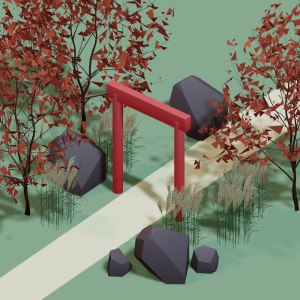 All training, tips and articles
All training, tips and articles
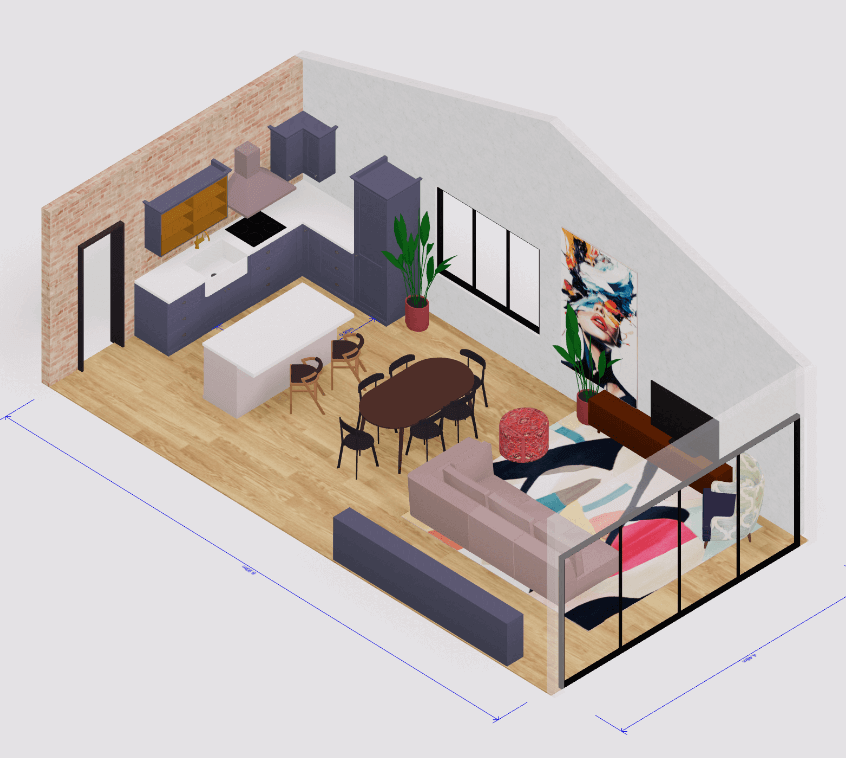 3D house design tool
3D house design tool
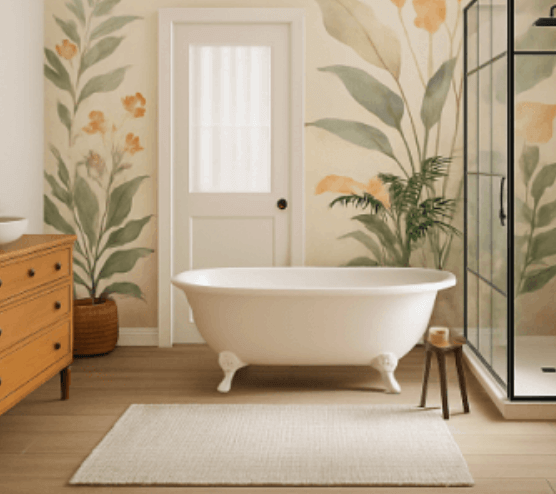
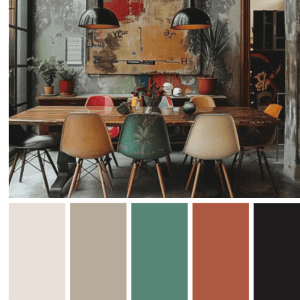 Color palette generator
Color palette generator
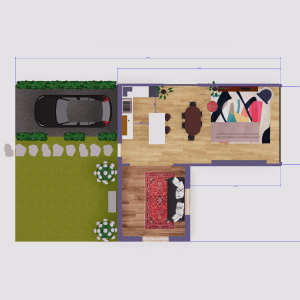 Floor plan creator
Floor plan creator
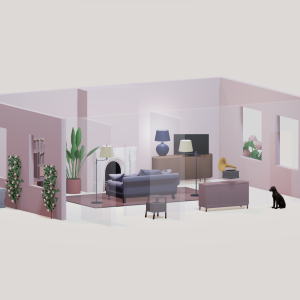 Interior design app
Interior design app
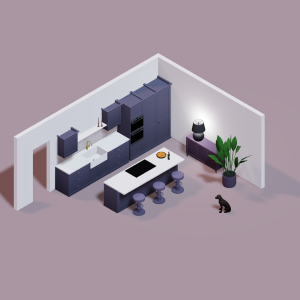 Kitchen design tool
Kitchen design tool
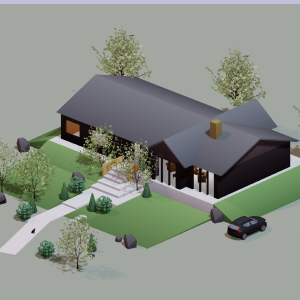 House design software
House design software
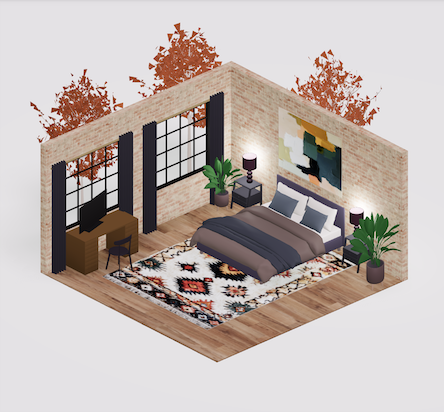 Room designer
Room designer
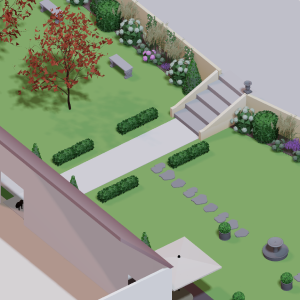 Landscape design software
Landscape design software
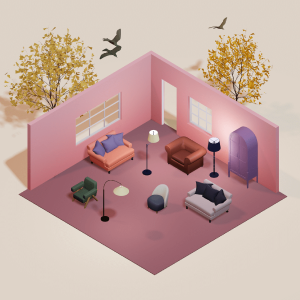 Bedroom design
Bedroom design
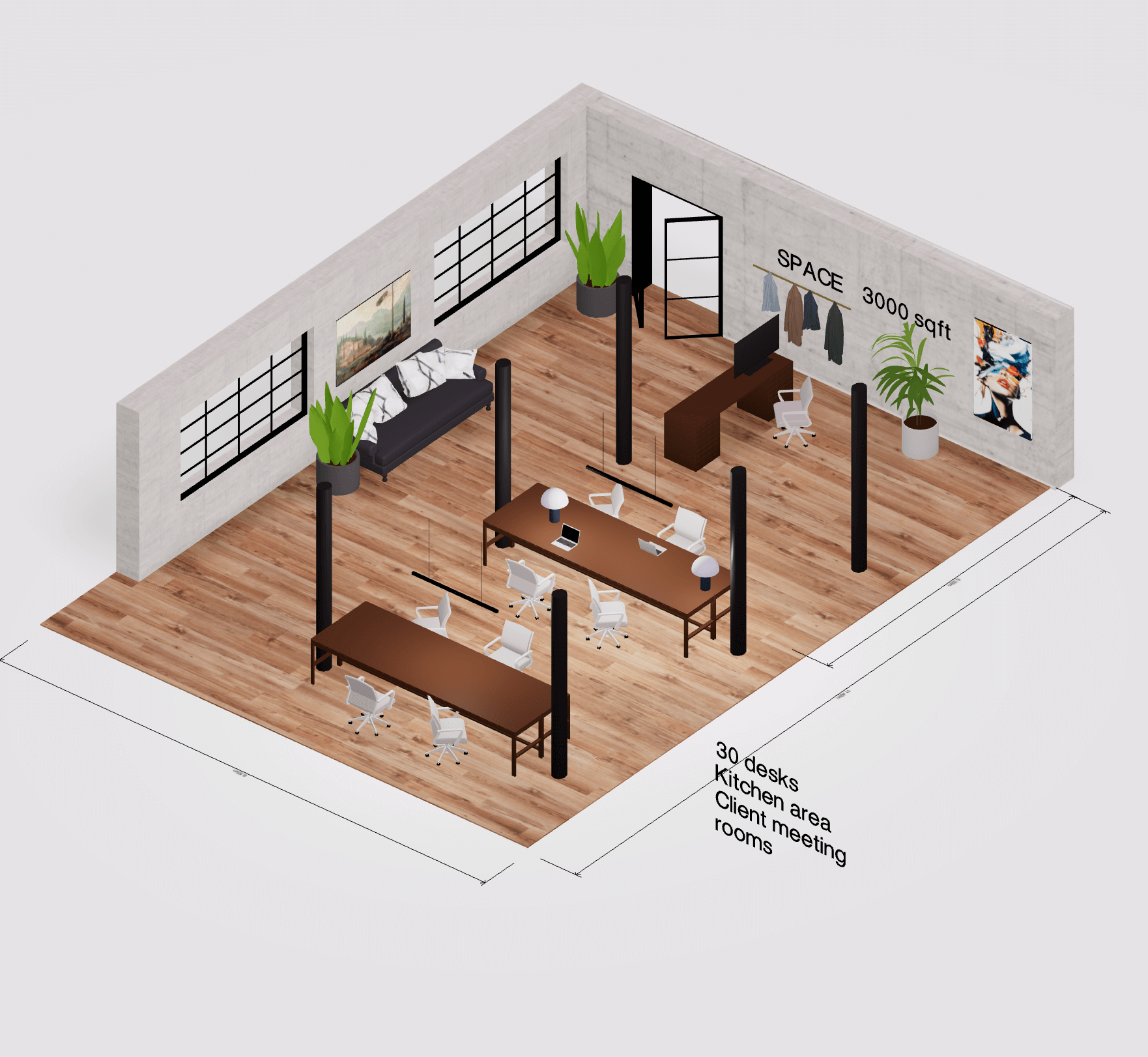 Office floor plan creator
Office floor plan creator
